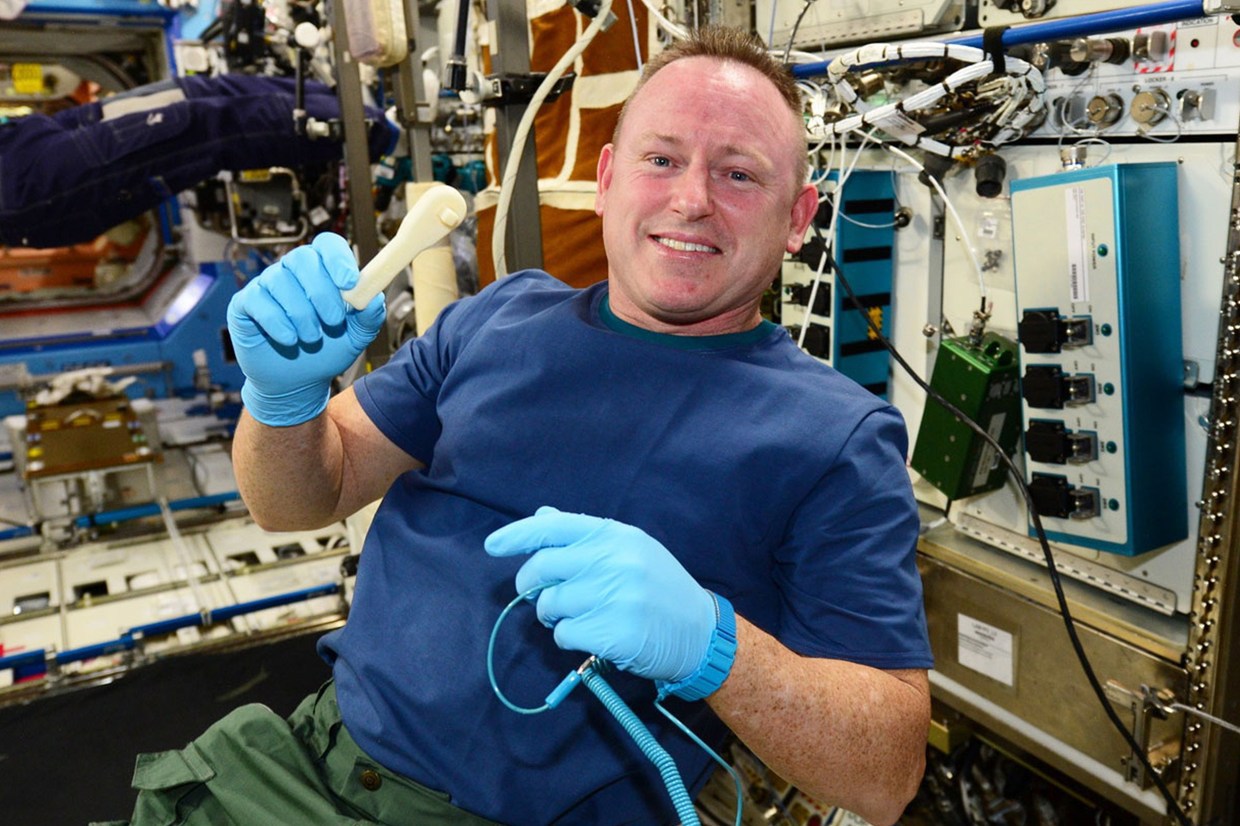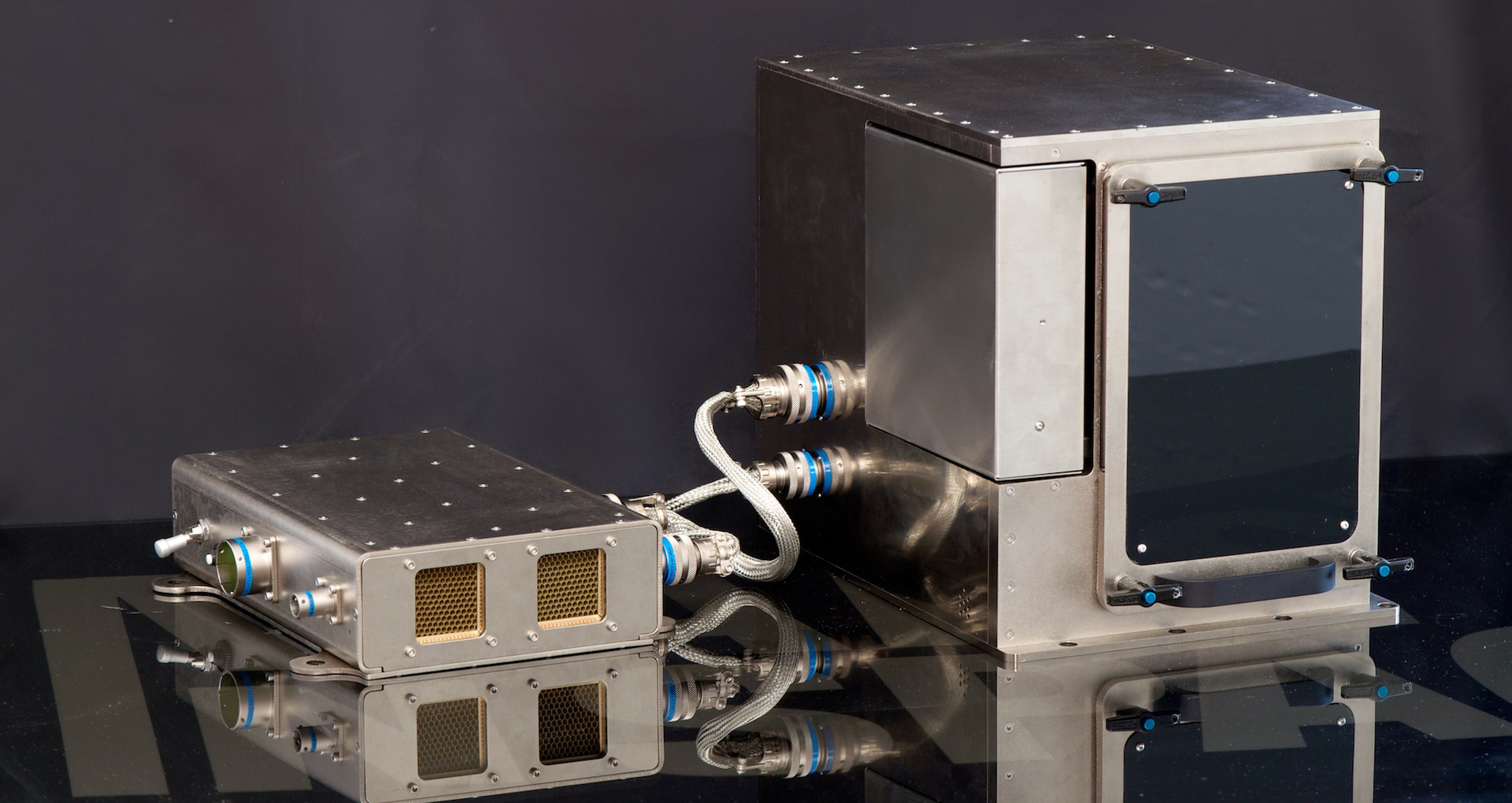The future is here: an astronaut needs a wrench, NASA sends the model to print it
Barry Wilmore made a socket wrench on a 3D printer
 On board the International Space Station, a ratchet wrench was printed on a 3D printer. This is not the first sample of 3D printing, but finally Zero-G has a practical use. Usually, it may take months to request a tool for the ISS before it arrives on the space truck, but here it was made on site for several tens of minutes.
On board the International Space Station, a ratchet wrench was printed on a 3D printer. This is not the first sample of 3D printing, but finally Zero-G has a practical use. Usually, it may take months to request a tool for the ISS before it arrives on the space truck, but here it was made on site for several tens of minutes.The Zero-G 3D printer was delivered to the ISS on September 22, including two tons of payload from the SpaceX Dragon unmanned spacecraft. The first item was printed on November 24th. It was a test model just to test the operation of the printer - a small panel with the manufacturer's name of the device manufacturer Made In Space and the NASA logo.
The scenario, when at a manned station somewhere far in space, something breaks, and the astronaut for repair should only replace the broken part with a printed sample based on a model obtained from Earth or stored on a hard disk of a computer, is very attractive. Within the framework of the Future Engineers competition on the ISS, many more models will be printed.

At least 21 items have already been printed, their form is presented above. All of them will return to Earth to study the effects of long-term microgravity on the process of three-dimensional printing - they will be compared with similar samples made under conditions of attraction of our planet. The study will improve the future performance of 3D printers in space.
')
Made in Space representatives heard in a radio session that Wilmore mentioned the need for a wrench. Therefore, they created his model and sent a file to NASA, which in turn sent the data to the ISS.
Co-founder of Made in Space, Mike Chen , describes in detail the simple process of sending items to the ISS "by e-mail." A model is created on Earth, usually in the Autodesk Inventor package. The file is converted to G-code format , available for a 3D printer.
The files are then sent from the office in Moffett Field (California) to NASA. The space agency, in turn, sends the data to the ISS from the Operations Support Center in Huntsville. The item is manufactured in layers in the Microgravity Science Glovebox on board the station.

Zero-G from Made In Space
3D printing can become an important component of expeditions to other planets when simply waiting a few weeks or months until the next supply truck fails - the device will be millions of kilometers from home, which also excludes audio and video in real time. If on board a spacecraft, a station or in a space colony, an object is suddenly required, then it will have to be manufactured there.
Next year, Made In Space plans to replace the 3D printer with a larger model. In 2015, the European Space Agency will launch its own printer.
Source: https://habr.com/ru/post/364683/
All Articles